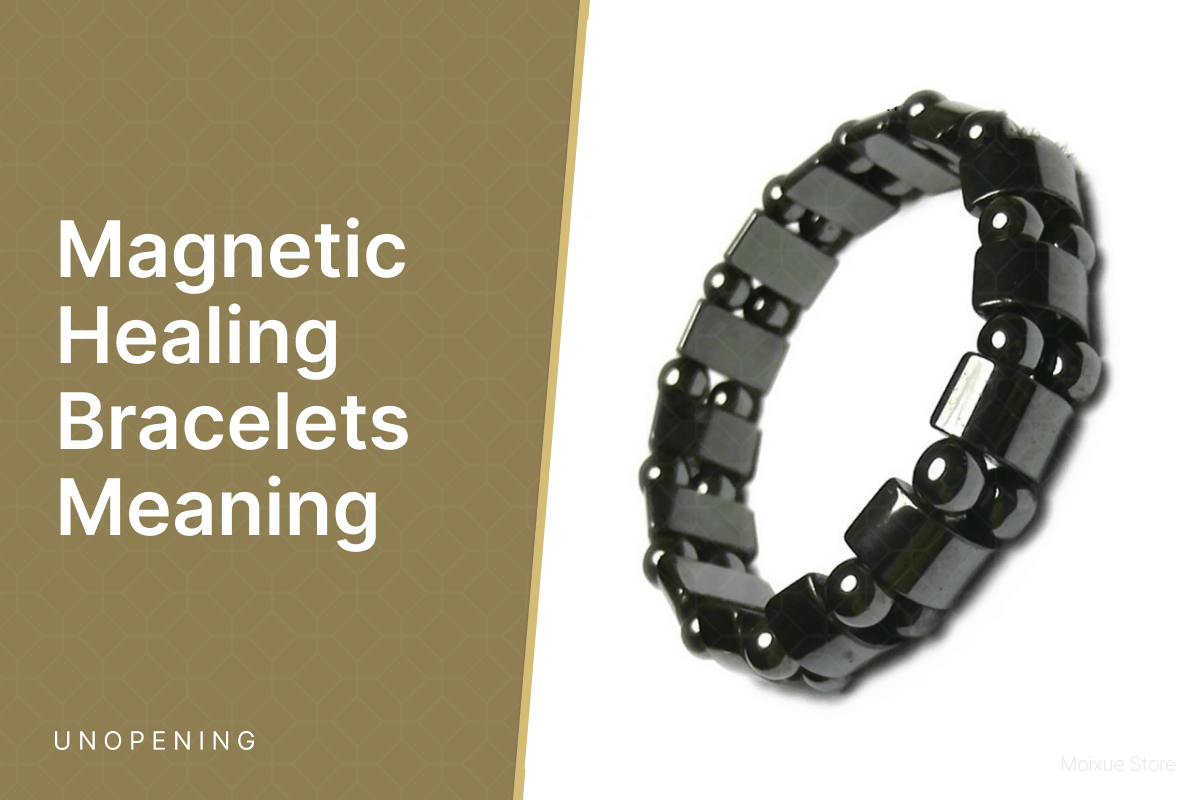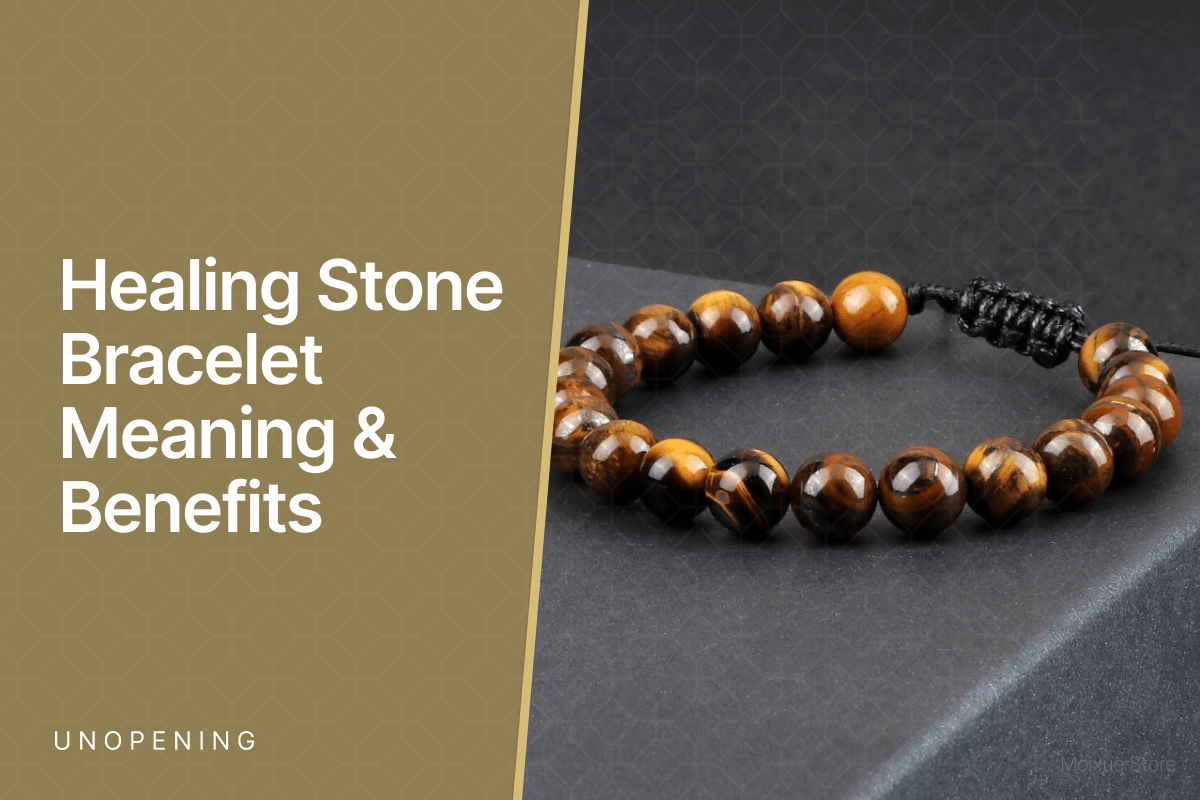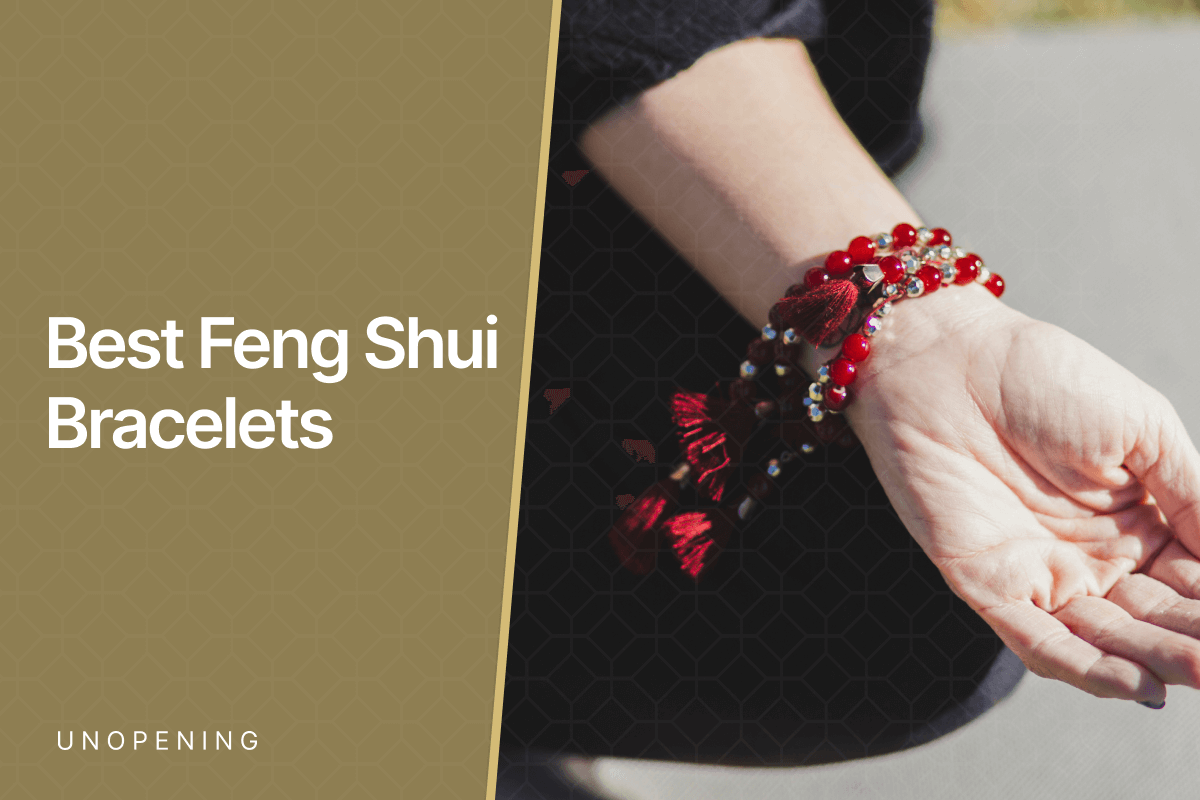Have you ever found yourself intrigued by the elevated status of Koi fish in various cultures? These exquisite and vibrant aquatic creatures are not just admired for their sheer beauty but also hold profound symbolism. Our comprehensive guide aims to unravel the cultural significance, historical context, and the intricate meanings associated with Koi fish. By delving into their captivating world, you’ll gain a deeper understanding of these colorful symbols, which represent resilience and unwavering determination.
So, join us on this fascinating journey as we decode the enigma of Koi fish, revealing the profound meanings that have captivated hearts and minds across generations and cultures.
Ready to explore the enchanting world of koi fish?
Key Takeaways
- Koi fish hold deep cultural and spiritual significance in Japanese and Chinese cultures.
- They symbolize strength, resilience, perseverance, love, friendship, harmony, balance, and personal growth.
- Koi fish come in a variety of vibrant colors, each with its own unique symbolism.
- These beautiful creatures are associated with luck, prosperity, and longevity.
The Cultural Significance of Koi Fish

Koi fish hold immense cultural significance, particularly in Japanese culture and Feng Shui practices.
In Japanese culture
Koi fish weave a rich tapestry of symbolism and cultural significance. In Japan, these vibrant creatures are celebrated icons of luck, prosperity and resilience. Their lengthened lifespan reflects longevity and vitality, adding to their high esteem in the societal framework.
Moreover, the ability of koi fish to swim upstream symbolises courage and tenacity in overcoming adversity – traits deeply respected within Japanese society. The inherent beauty of koi extends beyond aesthetics into realms of spiritual beliefs as well, making them vital contributors to traditional celebrations and practices across the country.
In Feng Shui
Feng Shui regards the koi fish as a potent symbol of strength, perseverance, success, and prosperity. Its journey against the stream embodies overcoming hurdles with determination and resilience, setting it apart as an emblem of endurance.
The specifics are even more interesting – a notable kind is the Kohaku koi fish that carries connotations of balance, contentment, and triumph.
The luck-bringing associations don’t stop there; good fortune, prosperity and longevity also circle around this fascinating creature in Feng Shui philosophy. Yin Yang drawn with two koi fishes symbolises peace, happiness and wealth which could enlighten any dwelling place or personal space it adorns.
The cultural significance extends far into Oriental culture where people frequently use them as lucky charms in their homes or gardens to invoke positivity.
The History and Origins of Koi Fish
Koi fish have a rich history that dates back to ancient times, with their origins traced to East Asia.
Early History
The journey of the Koi fish began in Central Asia, where they mysteriously appeared in Chinese waters. From here, these colourful creatures spread across the Asian continent due to their adaptability and resilience in different environments.
People admired them for their vibrant colours and graceful movements. As a result, ancient Asians started domesticating them for ornamental purposes as early as 500 B.C., seen through historical evidence like pottery depicting similar patterns often associated with Koi fish today.
They gradually evolved from being mere decorative elements to symbols embodying luck and prosperity in many Oriental cultures over the centuries that followed.
Koi in Japan
Japan cherishes Koi fish as a symbol of good fortune owing to their impressive endurance and perseverance. Known for the ability to swim against currents, these strikingly vibrant fish embody strength and triumph over adversity in Japanese tradition.
They also reflect attributes of deep affection, loyalty and lasting partnerships, making them significant symbols of love and relationships in Japan. It’s not uncommon to witness a variety of colourful koi gracing garden ponds or public spaces across the country—each individual colour bearing its unique symbolism that can range from longevity and vitality to success and prosperity.
The Symbolism of Koi Fish
Koi fish hold deep symbolism in various cultures, representing harmony and happiness in Ying Yang philosophy, as well as luck and prosperity through their vibrant colours.
In Ying Yang philosophy
The Yin Yang philosophy embodies the koi fish’s symbolism. This ancient Chinese concept signifies balance and harmony between opposing forces, whereby each factor complements the other.
The black and red colours of a Yin Yang Koi circle represent two halves that together complete wholeness, much like how koi fish swim in pairs representing unity and fidelity. Thus, koi fish exemplify balance amidst life’s adversities, emphasising resilience against the strong currents.
Their role in this philosophy highlights their significance as symbols of peace, continuity and perseverance within diverse cultures worldwide.
Representing harmony and happiness
Koi fish are closely entwined with themes of harmony and happiness in numerous cultural contexts. In Chinese traditions, Koi’s graceful mirroring movements underwater hint at the balance of energies and unity – creating a sense of peace, tranquility and satisfaction.
This symbolism extends further into marital life as well; a pair of koi fish is deemed to bring good fortune to a marriage due to their harmonious swimming patterns. As symbols of deep affection, loyalty, and enduring partnerships – they radiate positivity that contributes towards fostering happy relationships.
Likewise in Japanese culture, these aesthetically pleasing creatures play an integral role symbolising wealth and success – but their influence goes beyond materialistic aspects. Koi fish also channel personal transformation through their journey upstream against the currents – which mirrors individuals’ quest for self-betterment while keeping harmony intact within themselves and with those around them.
The Beauty of Nishikigoi
Nishikigoi, also known as “brocaded carp,” are a stunning variety of koi fish that showcase vibrant and intricate patterns across their scales.
Types of Koi Fish

Koi fish come in various types, each with its own unique characteristics. Here are some of the different types of Koi fish you may come across:
- Kohaku: Known for its simplicity and elegance, the Kohaku is a white Koi with red markings.
- Sanke: The Sanke features a white base with red and black markings, often resembling a beautiful painting.
- Showa: This type of Koi fish is recognizable by its distinct black, red, and white pattern.
- Utsuri: Utsuri Koi have a black base with bold, vibrant patterns of white, red, or yellow.
- Bekko: With its solid color base and black spots, the Bekko stands out among other Koi varieties.
- Asagi: The Asagi boasts a light blue-gray upper body with deep red scales on its bottom half.
- Shusui: Similar to the Asagi, the Shusui has blue-gray upper scales but lacks the vibrant red coloring.
The art of Gyotaku fish prints
Gyotaku fish prints are a traditional form of Japanese art that dates back over 100 years. This unique technique involves printing fish using ink or paint to capture their intricate details and patterns.
Initially used by fishermen as a way to record the fish they caught, Gyotaku has evolved into a highly skilled art form. It beautifully captures the essence of nature and allows us to appreciate the beauty of these underwater creatures in a whole new way.
From the hands of fishermen to the brushes of talented artists, Gyotaku fish prints bring a touch of creativity and reverence to the world of koi fish symbolism.
Legends of Koi Fish
Koi fish have been the subject of legends and folklore throughout history, with both Chinese and Japanese cultures attributing symbolic meaning to these beautiful creatures.
Chinese legend
In Chinese legend, the Koi Fish holds great symbolism and meaning. It is believed that these beautiful creatures have the ability to transform into powerful dragons. This transformation represents strength, ambition, and perseverance.
The story of the Koi Fish swimming upstream against strong currents and leaping over waterfalls signifies their determination to overcome obstacles in life. As a result, the Koi Fish has become a symbol of resilience and success in Chinese culture.
Japanese legend
In Japanese legend, koi fish hold a special place in mythology and folklore. One popular legend tells the story of a brave and determined koi fish that swam up a waterfall and transformed into a powerful dragon.
This symbolizes perseverance, as the fish showed incredible strength in overcoming obstacles to reach its goal. The tale teaches us the importance of determination and hard work in achieving success.
Koi fish are often seen as symbols of courage, resilience, and triumph over adversity in Japanese culture.
Koi Fish as a Spirit Animal
Koi fish have long been revered as spirit animals in various cultures. These majestic creatures are believed to possess qualities that can guide and inspire us on our life journeys. As a spirit animal, the koi fish symbolizes courage, strength, and transformation. It teaches us about perseverance and determination, as it overcomes obstacles like swimming upstream against strong currents.
Just like the koi fish, we can tap into our inner strength to face challenges head-on and strive for personal growth.
In Asian culture particularly, the koi fish holds deep spiritual significance. It is seen as a symbol of good luck and prosperity. The koi’s vibrant colors represent different aspects of life such as love, success, and harmony.
The Many Colors and Meanings of Koi Fish

Koi fish come in a variety of colors, each with its own unique symbolism. From the vibrant red symbolizing love and passion to the calming blue representing tranquility, discover the rich meanings behind these mesmerizing hues.
Dive deeper into the world of koi fish symbolism to uncover their hidden significance.
- Red koi: The brilliant hue of red symbolizes not just love, but also embodies the fiery intensity of passion and the boundless vitality of life itself. This vivid color, seen in red koi, serves as a powerful reminder of the depth of human emotions, sparking feelings of love and desire that burn brightly in the heart.
- Black koi: The presence of black in a koi’s coloring carries profound significance, representing transformation and personal growth. It stands as a symbol of triumph over adversity and the ability to navigate life’s challenges with grace and resilience. The black koi serves as a reminder that even in the darkest of times, one can emerge stronger and wiser.
- Gold or yellow koi: With their radiant and glistening scales, gold or yellow koi are emblematic of positive energy and good fortune. These captivating fish symbolize prosperity, wealth, and abundance, making them a popular choice for those seeking blessings of financial success and a life filled with riches.
- White koi: The pristine, pure white color of these koi evokes a sense of tranquillity and inner peace. White koi embody the ideals of purity and harmony, serving as a calming presence in the pond of life. Their presence is a reminder to seek balance, serenity, and a harmonious existence amidst the chaos of the world.
- Blue koi: Blue koi are associated with serenity and tranquillity, invoking a sense of calmness that encourages deep meditation and introspection. The cool, soothing blue hues of these fish prompt individuals to reflect upon their inner thoughts and emotions, fostering a sense of peace and mindfulness in the midst of life’s turbulent waters.
Incorporating Koi Fish in Feng Shui

Koi fish have long been incorporated into the practice of Feng Shui due to their symbolic meanings and positive energy. Here are some ways to incorporate koi fish in Feng Shui:
- Place a koi fish painting or sculpture in the wealth area of your home or office to attract prosperity and abundance.
- Include a koi pond or water feature with live koi fish in the southeast area of your property for good luck and financial success.
- Use koi fish motifs on home decor items like curtains, cushions, or wallpaper to enhance the flow of positive energy.
- Hang a wind chime featuring koi fish symbols near an entrance to invite good fortune and protection.
- Display images or figurines of koi fish in pairs, representing harmony and balance, in your relationship or marriage corner.
- Incorporate colors associated with koi fish, such as red, orange, black, and white, in your decor to promote vitality and positivity.
- Consider adding a koi fish – themed rug or carpet in your study or office space for increased focus and productivity.
- Keep a small aquarium with live koi fish in areas where stagnant energy is present to promote movement and flow.
- Use koi – inspired accessories like jewelry or clothing items as personal talismans for strength, resilience, and overcoming challenges.
Where To Buy Koi Fish Items
When it comes to finding exquisite koi fish jewelry, your options are as diverse and captivating as the fish themselves. Whether you’re drawn to the symbolism of koi fish or simply admire their graceful beauty, there are several avenues where you can discover and purchase these unique pieces of jewelry.
Shopee

Drawing inspiration from the celestial union of Luminous and Venus, the name “Luvenus” embodies the essence of flawless beauty and radiant light. Since its introduction at Changi Airport, Luvenus has swiftly garnered a devoted following, celebrated for its exceptional and diverse design repertoire. The jewelry creations crafted by Luvenus are highly sought after, treasured by those who appreciate their distinctiveness and allure.
| Price | starts from $14 onwards |
| How to order | via Shopee |
| Ships to which country | Singapore |
Lazada

Introducing our exquisite Pendant, meticulously crafted with the highest quality 999 Gold. This stunning piece embodies timeless elegance and showcases a Gold Weight of precisely 2.37g (with a variance of ± 0.02g), making it a perfect addition to your jewelry collection.
| Price | $330 |
| How to order | via Lazada |
| Ships to which country | Singapore |
ARtualize

Our mission revolves around unlocking the potential of paintings, making art accessible to people from all walks of life. We are committed to enabling individuals to discover the transformative power of art, ensuring it’s within reach for everyone. Our overarching goal is to democratize the world of paintings, allowing people of all backgrounds to experience their profound impact.
| Price | Starts from $300 onwards |
| How to order | via website |
| Ships to which country | Singapore |
Liuli

Established in 1987 by acclaimed glass artists Loretta H. Yang and Chang Yi, LIULI has transcended its humble beginnings as a workshop in Taiwan to emerge as the foremost brand in the realm of crystal art across Asia. The name “Liuli,” derived from a Chinese term dating back to the Han Dynasty that signifies glass art, was thoughtfully selected to pay homage to the deep and diverse heritage and culture of China.
| Price | Starts from $330 onwards |
| How to order | via website |
| Ships to which country | Singapore |
Amazon

Dive into a world of elegance and symbolism with our curated selection of koi fish items on Amazon. These captivating creatures have long been cherished for their beauty and profound meanings. Whether you’re seeking stunning koi fish jewelry, mesmerizing art prints, or even unique home decor, our collection offers a delightful array of options that celebrate the enduring allure of these enchanting fish.
| Price | Starts from $12 onwards |
| How to order | via Amazon |
| Ships to which country | Singapore |
Conclusion
Koi fish hold deep cultural and spiritual significance, representing strength, determination, and perseverance in both Japanese and Chinese cultures. They symbolize love, friendship, harmony, balance, and personal growth.
With their beauty and symbolic meanings, koi fish are powerful representations of cultural values and the importance of meaningful connections.
FAQs
1. What is the significance of koi fish?
Koi fish bears significant meaning in Chinese culture and are often seen as representations of perseverance, ambition, and courage.
2. How do different color koi fish embody diverse meanings?
Every color koi represents different qualities: for example, black and red Koi may symbolise love and change; butterfly Koi has a spiritual connection; dragon Koi implies strength.
3. Can you explain the symbolism behind the koi colors?
Each of the several colours portrays unique meanings with each combination like black stands for fatherhood while red signifies motherhood, forming part of an extended definition of Koi fish.
4. Are there specific meanings tied to certain types of koi?
Yes, aside from colour meanings, particular types such as Butterfly and Dragon Kois encapsulate their distinct definitions – majesty would pair with a butterfly while fearlessness links up to a dragon.







